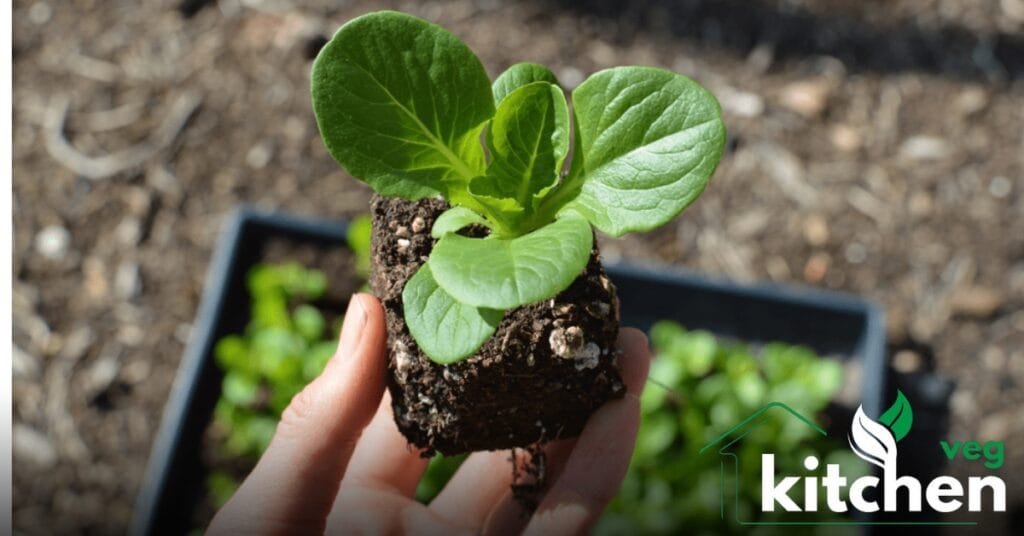Introduction
In sustainable gardening, soil blockers have become a game-changer for those constantly looking for new and creative ways to improve their gardening experience. T
his thorough tutorial will examine the intricacies of soil blockers, including their uses, advantages, and functionality, among other things. This essay will provide information on optimizing your gardening activities with soil blockers, regardless of your experience level.
Understanding Soil Blockers

Invented equipment called soil blockers makes it possible to build even blocks of soil without the need for conventional pots or trays. With multiple benefits over traditional techniques, these blocks are perfect for beginning or transplanting seedlings.
How Soil Blockers Work
Soil blockers work on a fundamental, beautifully efficient method. They generate compact blocks of wet potting mix or soil mixture that are ideal for seed germination and seedling growth. This procedure reduces transplant shock and encourages strong root growth by simulating the native soil conditions.
Benefits of Using Soil Blockers
Utilizing soil blockers in your gardening practice has many benefits. First, they reduce their environmental impact and align with sustainable gardening methods by eliminating the need for plastic pots and trays.
Soil blocks also improve moisture retention and aeration, which promotes healthier plant development. In addition, the lack of containers means no disruption to the roots while transplanting, which encourages more robust and durable plants.
Types of Soil Blockers
Soil blocks are available in various sizes and varieties to meet diverse gardening demands. While robotic soil blockers automate the process and are more efficient for larger-scale gardening operations, manual soil blockers are controlled by hand and apply pressure to generate dirt blocks. Furthermore, soil blockers come in various block sizes, giving seed starting and transplanting versatility.
Choosing the Right Soil Mix
The quality of the soil mixture has a significant impact on how well soil blocking works. A well-balanced soil mix should have enough nutrients, moisture retention, and drainage for the best plant development.
To get the ideal mixture for your soil blocks, try varying the amounts of peat moss, compost, vermiculite, and perlite.
Preparation and Technique
Preparing the soil mix to the proper consistency before applying a soil blocker is critical. The mix should be damp but not soggy to ensure appropriate block formation. After everything is ready, pour the mixture into the dirt blocker’s mould and press firmly and evenly to make level blocks.
The blocks can be directly inserted into the garden bed for transplanting or seed beginning, or they can be carefully removed from the mould.
Seed Starting with Soil Blocks
Soil blocks provide a perfect atmosphere for seed germination and encourage the growth of robust and healthy seedlings right away. When using soil blocks to start seeds, put one or two seeds at the depth advised by the specific plant species per block.
For best germination, keep moisture levels constant and allow enough sunshine and warmth. After the seedlings are fully grown, they may be moved straight into the garden bed without causing any disturbance to their roots.
Transplanting Seedlings
Compared to traditional techniques, transplanting dirt block-grown seedlings is a snap. Just make sure the hole you dig in the garden bed or container garden is just a little bit bigger than the soil block.
To hold the seedling in place, carefully insert the soil block into the hole and compact the earth around it. Thoroughly water the area to help the soil settle and promote the growth of roots. The lack of containers reduces the effects of transplant shock, enabling the seedlings to flourish in their new surroundings.
Maintenance and Care
Plants grown on soil blocks require careful upkeep to be successful. Regularly check the moisture content to ensure the soil blocks are kept sufficiently moist but not soggy.

Fertilize your plants appropriately based on their unique requirements. Also, watch out for illnesses and pests and take quick action to stop any problems before they cause further harm.
Maximizing Efficiency with Soil Blockers
Soil blocks facilitate effective seed starting and transfer, streamlining the gardening process. Pots and trays are extra; they free up space, lessen clutter, and make cleanup easier.
Soil blocks are also readily labelled for tracking and organizing, which improves overall garden management. Adding soil blockers to your gardening toolkit will increase yield and productivity dramatically.
Conclusion
In conclusion, soil blockers are an innovative gardening technique with many benefits over conventional approaches. For gardeners who appreciate sustainability, improved plant growth, and efficiency, soil blockers have proven to be essential tools.
Soil blockers may help you enhance your gardening experience to new heights. To do this, learn how to use them effectively and embrace their many benefits.

